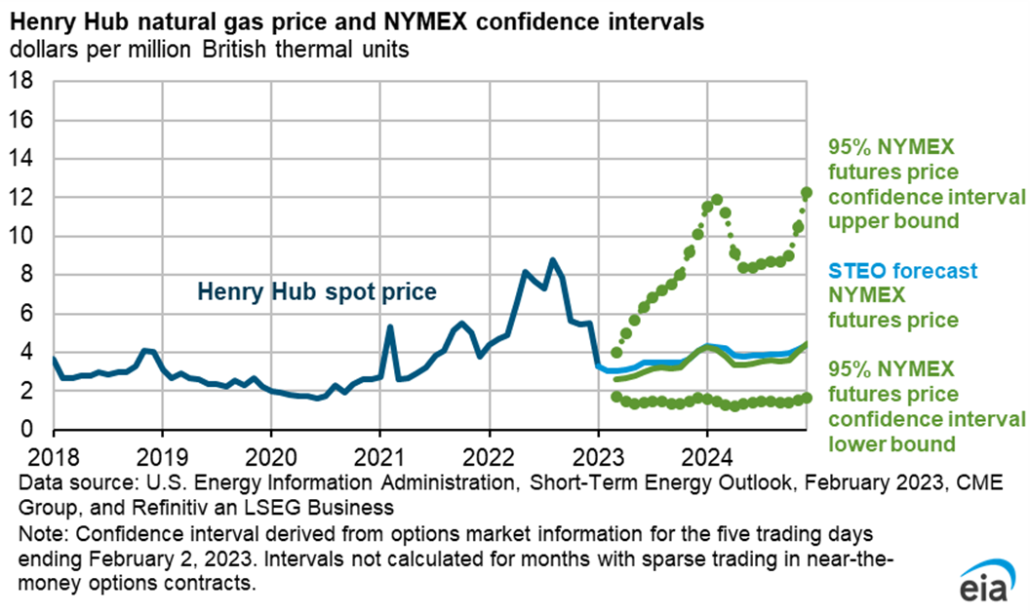Ford to Build $3.5 Billion LFP Battery Cell Factory in Michigan
By Christian Roselund
Ford Motor Company has announced that it will invest $3.5 billion to build a new factory to make lithium ferrous phosphate (LFP) battery cells for its electric vehicles in Marshall, Michigan. The automaker expects its new plant to begin producing cells in 2026 and when fully ramped the new factory will have the capacity to make 35 gigawatt-hours of batteries annually. Ford estimates that the move will create 2,500 new jobs.
Ford will partner with the Contemporary Amperex Technology Company Ltd. (CATL) to use its LFP cell knowledge and services. CATL is the world’s largest producer of lithium-ion batteries for electric vehicles and stationary energy storage. Ford states that it will begin introducing LFP batteries for its Mustang Mach-E and F-150 Lightning vehicles in 2024, before the plant opens.
LFP batteries are less expensive to make per unit of energy delivered than nickel-manganese-cobalt (NMC) lithium-ion batteries, and additionally have the benefit of not using nickel or cobalt. Cobalt prices have been highly erratic over the past few years, peaking at over $9,000 per ton in 2018 and $8,000 per ton in March and April of 2022. Additionally, the use of child labor in small-scale cobalt mines in the Democratic Republic of Congo has been well documented.
This move could make Ford the first major automaker to move a portion of its production to LFP for vehicles destined for the U.S. market. Tesla is using an increasing share of LFP batteries in its vehicles but has not been transparent about how much if any of its U.S. vehicle supply was moving to LFP.
These moves follow a global shift from NMC to LFP in EV manufacturing. After years of growing share, Bloomberg New Energy Finance has estimated that in 2022 LFP made up 40% of EV batteries, with NMC representing the other 60%.
Ford’s move to Michigan follows Virginia Governor Glen Youngkin’s (R) rejection of the plant in January 2023. Youngkin claimed that the battery plant was a “Trojan horse” for China.
Press Release: Ford Taps Michigan for New LFP Battery Plant; New Battery Chemistry Offers Customers Value, Durability, Fast Charging, Creates 2,500 More New American Jobs (Ford
Motor Co.)


